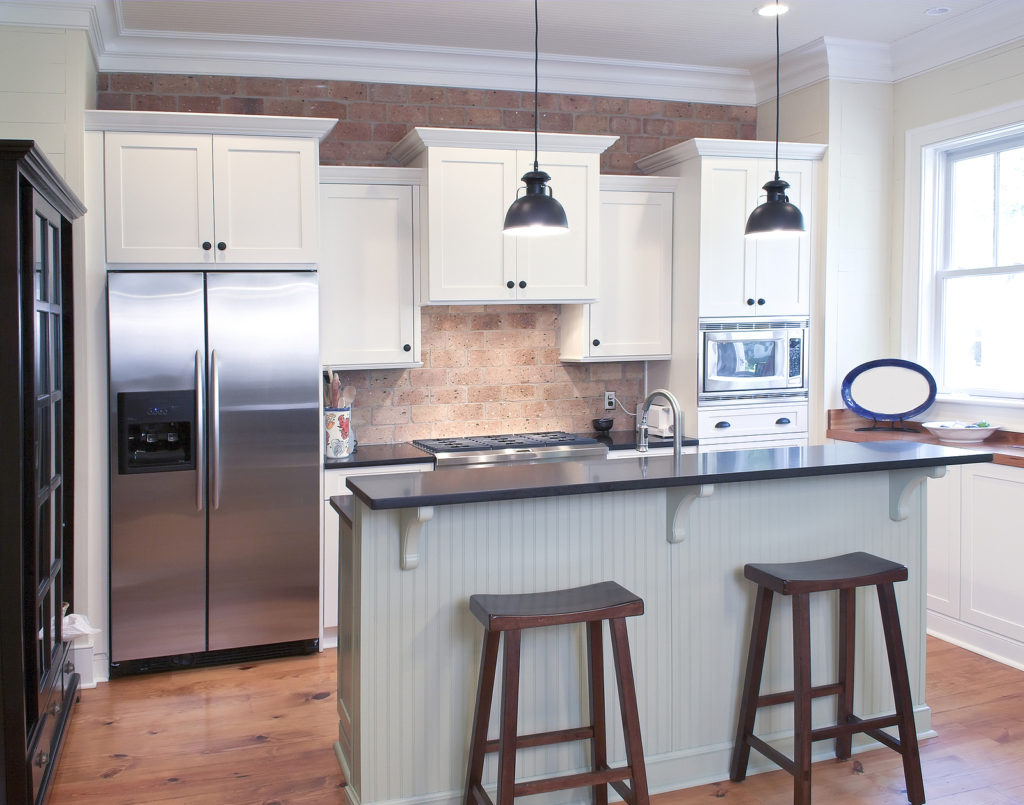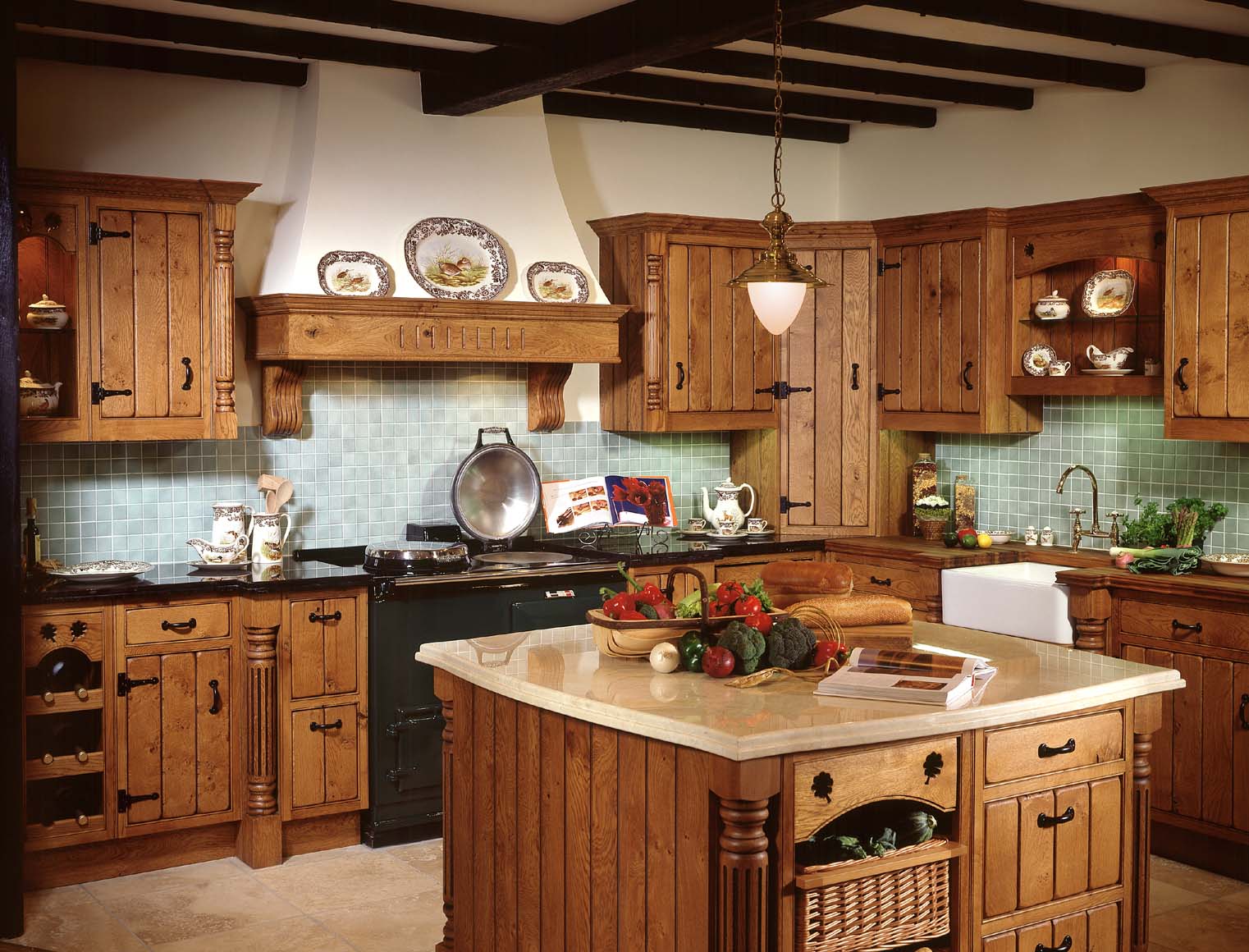Types of Kitchen Cabinet Trim Moulding

Kitchen cabinet trim moulding can add a touch of elegance and sophistication to any kitchen. It can also help to create a more cohesive and polished look. There are many different types of trim moulding available, each with its own unique style and purpose.
Crown Moulding
Crown moulding is a type of trim that is installed at the top of cabinets, where the cabinets meet the ceiling. It can be used to create a more finished look and to add visual interest to the kitchen. Crown moulding is often made from wood, but it can also be made from other materials, such as polyurethane or MDF.
Crown moulding is a versatile trim option, and it can be used to create a variety of different looks. For example, a simple crown moulding can be used to create a clean and modern look, while a more ornate crown moulding can be used to create a more traditional or elegant look.
Crown moulding is typically installed using a nail gun or a brad nailer.
Base Moulding
Base moulding is a type of trim that is installed at the bottom of cabinets, where the cabinets meet the floor. It can be used to protect the cabinets from damage and to create a more finished look. Base moulding is often made from wood, but it can also be made from other materials, such as polyurethane or MDF.
Base moulding can be used to create a variety of different looks. For example, a simple base moulding can be used to create a clean and modern look, while a more ornate base moulding can be used to create a more traditional or elegant look.
Base moulding is typically installed using a nail gun or a brad nailer.
Chair Rail Moulding
Chair rail moulding is a type of trim that is installed on the wall, typically at a height of about 36 inches. It can be used to protect the wall from damage, such as scratches from chairs, and to create a more finished look. Chair rail moulding is often made from wood, but it can also be made from other materials, such as polyurethane or MDF.
Chair rail moulding can be used to create a variety of different looks. For example, a simple chair rail moulding can be used to create a clean and modern look, while a more ornate chair rail moulding can be used to create a more traditional or elegant look.
Chair rail moulding is typically installed using a nail gun or a brad nailer.
Beadboard Moulding
Beadboard moulding is a type of trim that is often used to create a wainscot effect. It is characterized by its vertical grooves, which resemble the boards of a traditional beadboard panel. Beadboard moulding is typically made from wood, but it can also be made from other materials, such as polyurethane or MDF.
Beadboard moulding is often used to add a touch of rustic charm to a kitchen. It can also be used to create a more formal look.
Beadboard moulding is typically installed using a nail gun or a brad nailer.
Edge Trim
Edge trim is a type of trim that is used to cover the edges of cabinets. It can be used to create a more finished look and to protect the edges of the cabinets from damage. Edge trim is often made from wood, but it can also be made from other materials, such as polyurethane or MDF.
Edge trim can be used to create a variety of different looks. For example, a simple edge trim can be used to create a clean and modern look, while a more ornate edge trim can be used to create a more traditional or elegant look.
Edge trim is typically installed using a nail gun or a brad nailer.
Benefits of Using Kitchen Cabinet Trim Moulding

Kitchen cabinet trim moulding, also known as cabinet crown moulding, is a decorative element that can significantly enhance the aesthetic appeal and functionality of your kitchen. It adds visual interest, protects the edges of cabinets, and can even disguise imperfections.
Enhancing Visual Appeal and Aesthetics, Kitchen cabinet trim moulding
Cabinet trim moulding adds a touch of elegance and sophistication to any kitchen. It can create a more finished and polished look, making the cabinets appear more custom-made. The trim can be used to frame the cabinets, adding depth and dimension to the design.
Adding Architectural Interest and Detail
Trim moulding can add architectural interest and detail to a kitchen, creating a more visually engaging space. Different styles of trim moulding can be used to achieve different looks, from traditional to contemporary. For instance, using a simple, clean-lined trim moulding will create a modern aesthetic, while a more ornate trim moulding will create a more traditional look.
Defining the Space and Creating Visual Separation
Cabinet trim moulding can be used to define the space and create visual separation between different areas of the kitchen. For example, using a contrasting trim moulding to frame the upper cabinets can visually separate them from the lower cabinets, creating a more distinct and organized look.
Protecting the Edges of Cabinets from Damage
Cabinet trim moulding can help to protect the edges of cabinets from damage. This is especially important in kitchens where cabinets are likely to be bumped or scraped. The trim can absorb the impact of these bumps and scrapes, preventing damage to the cabinets themselves.
Covering Imperfections or Gaps in the Cabinetry
Cabinet trim moulding can be used to cover imperfections or gaps in the cabinetry. If there are any gaps or inconsistencies in the cabinetry, the trim can be used to disguise them, creating a more seamless and polished look.
Examples of Kitchen Layout with Trim Moulding
Imagine a modern kitchen with sleek, white cabinets. A simple, flat trim moulding with clean lines can be used to frame the upper cabinets, creating a modern and minimalist aesthetic. The use of a contrasting trim moulding in a darker color like black can highlight the cabinets and create a visual separation between the upper and lower cabinets. In a traditional kitchen, using a more ornate trim moulding with intricate details can add a touch of elegance and sophistication. For example, a detailed crown moulding with a bead-and-reel profile can be used to frame the upper cabinets, creating a more formal and traditional look.
Installing Kitchen Cabinet Trim Moulding

Installing kitchen cabinet trim moulding can elevate the look of your kitchen, adding a touch of elegance and sophistication. It can also help to cover up imperfections in the cabinets or create a more cohesive design. This process requires careful planning, precise measurements, and proper tools.
Measuring and Cutting the Moulding
Before starting, you need to determine the exact length of moulding required for each section. Use a tape measure to carefully measure the areas where the moulding will be installed. Make sure to account for any corners or angles. Once you have the measurements, use a miter saw or a hand saw to cut the moulding to the precise lengths.
Preparing the Surface for Installation
Prior to attaching the moulding, ensure the surface of your cabinets is clean and free from any debris or dust. You may need to sand down any rough edges or imperfections. This step is crucial for ensuring a smooth and secure installation.
Attaching the Moulding to the Cabinets
There are several methods for attaching kitchen cabinet trim moulding:
- Adhesive: Apply a strong construction adhesive to the back of the moulding and press it firmly against the cabinet. Ensure that the adhesive is evenly distributed and that the moulding is securely attached. This method is suitable for lightweight mouldings.
- Nails: For heavier mouldings, you can use finishing nails to attach them to the cabinets. Pre-drill holes slightly smaller than the nail diameter to prevent splitting the wood. Use a nail gun or hammer to drive the nails in, ensuring they are countersunk and hidden beneath the moulding.
- Staples: Similar to nails, staples can be used to attach mouldings. Choose a staple gun with the appropriate size and length of staples for your moulding. Make sure to position the staples strategically to ensure a secure hold.
Finishing the Moulding with Paint or Stain
Once the moulding is installed, you can finish it with paint or stain to match your kitchen’s aesthetic. For painted mouldings, apply primer first to ensure a smooth and even finish. Then, apply two or three coats of paint, allowing each coat to dry completely before applying the next. For stained mouldings, apply a wood stain in the desired color and finish.
Tips and Tricks for a Professional-Looking Installation
Here are some tips to help you achieve a professional-looking installation:
- Use a miter saw: A miter saw will help you make precise cuts for the corners of your moulding, ensuring a seamless and professional finish.
- Use a level: Ensure that your moulding is level and straight by using a level throughout the installation process. This will help to create a clean and polished look.
- Use filler: If there are any gaps or imperfections, use wood filler to smooth out the surface. Allow the filler to dry completely before sanding it down to a smooth finish.
- Use a caulk gun: Use caulk to fill any gaps between the moulding and the cabinets. This will help to create a clean and professional look.
Common Mistakes to Avoid During Installation
Here are some common mistakes to avoid during installation:
- Improper measurements: Ensure accurate measurements before cutting the moulding. Inaccurate measurements can result in gaps, unevenness, or the need to recut pieces.
- Using the wrong adhesive: Select a strong construction adhesive suitable for the type of wood and moulding used. Using an inappropriate adhesive can lead to weak bonding and potential detachment.
- Not using a level: Failing to use a level during installation can result in uneven and crooked moulding, detracting from the overall aesthetic.
- Skipping sanding: Sanding the moulding before painting or staining helps to create a smooth and even surface, enhancing the final finish.
Troubleshooting Common Problems
If you encounter any issues during installation, here are some troubleshooting tips:
- Uneven moulding: If the moulding is uneven, use a level to check for any discrepancies. If necessary, gently tap the moulding into place using a rubber mallet or a block of wood.
- Gaps in the moulding: If there are gaps between the moulding and the cabinets, use wood filler to fill them in. Allow the filler to dry completely before sanding it down to a smooth finish.
- Loose moulding: If the moulding is loose, apply additional adhesive or use finishing nails to secure it to the cabinets. Ensure the adhesive is evenly distributed and that the nails are countersunk.
Kitchen cabinet trim moulding can add a touch of elegance and sophistication to any kitchen. While it’s often a decorative element, it can also play a role in protecting the cabinet doors from damage. If a cabinet door does break, however, you can find detailed instructions on how to fix a broken cabinet door to restore its functionality.
Once the door is repaired, you can focus on enhancing the overall look of your kitchen with the right trim moulding.
Kitchen cabinet trim moulding can elevate the look of your kitchen, adding a touch of elegance and sophistication. However, when considering a paint transformation using Rustoleum, be mindful of potential top coat issues, as highlighted in this article rustoleum cabinet transformations top coat problems.
Proper preparation and application are crucial to ensure a smooth, durable finish that complements your trim moulding and enhances the overall aesthetic of your kitchen.
